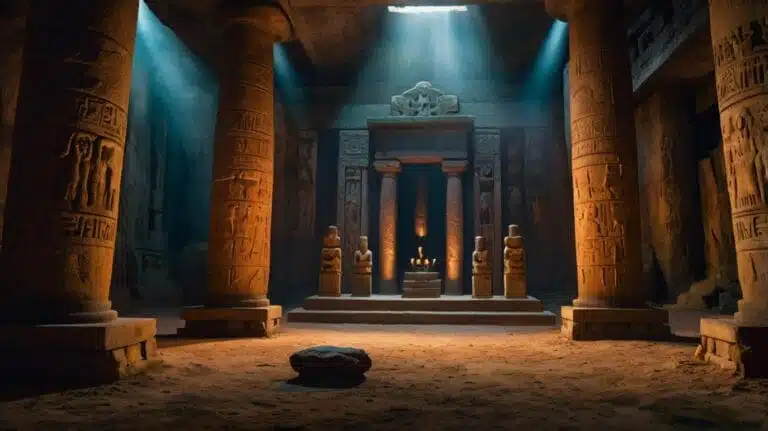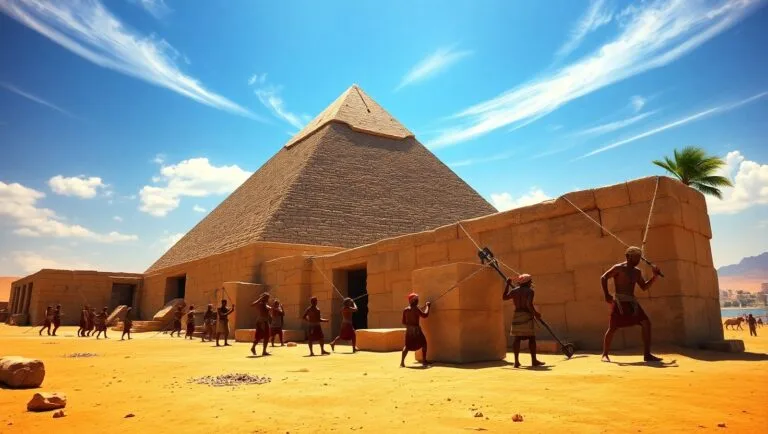The Rise and Fall of the Roman Empire: 6 Fascinating Facts That Shaped History
Table of Contents
- Introduction
- The Birth of Rome: Myth and Reality
- The Republic’s Glory Days
- Transition to Empire
- Rome’s Golden Age of Power
- The Fall: Decline and Collapse
- The Everlasting Legacy of Rome
The Rise and Fall of the Roman Empire: A Fascinating Journey Through History
The Rise and Fall of the Roman Empire is a story that has intrigued historians and enthusiasts for centuries. From its beginnings as a modest city-state to becoming a global superpower, the Roman Empire’s history offers profound lessons on ambition, innovation, and the fragility of greatness.
1. The Birth of Rome: Myth and Reality
The Roman Empire’s rise began with the legend of Romulus and Remus, twin brothers raised by a she-wolf. Historically, Rome was founded in 753 BCE and grew into a powerful republic in 509 BCE. This era saw Rome’s early territorial expansion and the establishment of governance systems that inspired modern democracies.

2. The Republic’s Glory Days
During the Roman Republic, Rome expanded its reach through significant conquests. The Punic Wars (264–146 BCE) against Carthage solidified its dominance in the Mediterranean. Leaders like Julius Caesar and political institutions played pivotal roles in its ascendancy.
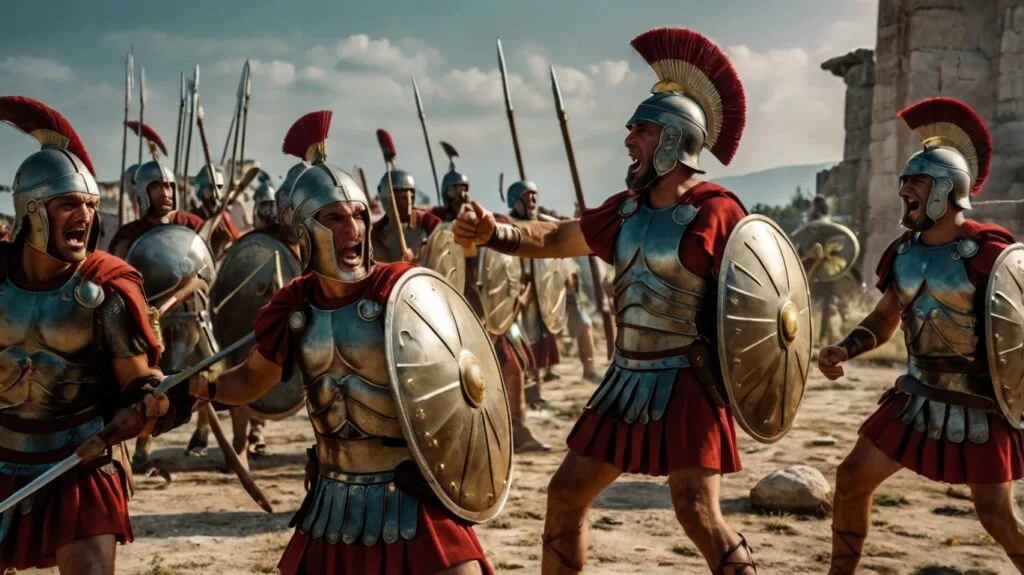
3. Transition to Empire
The assassination of Julius Caesar in 44 BCE marked the decline of the Republic. Augustus, the first emperor, established the Roman Empire in 27 BCE, ushering in the Pax Romana, a period of peace and prosperity that lasted for over two centuries.
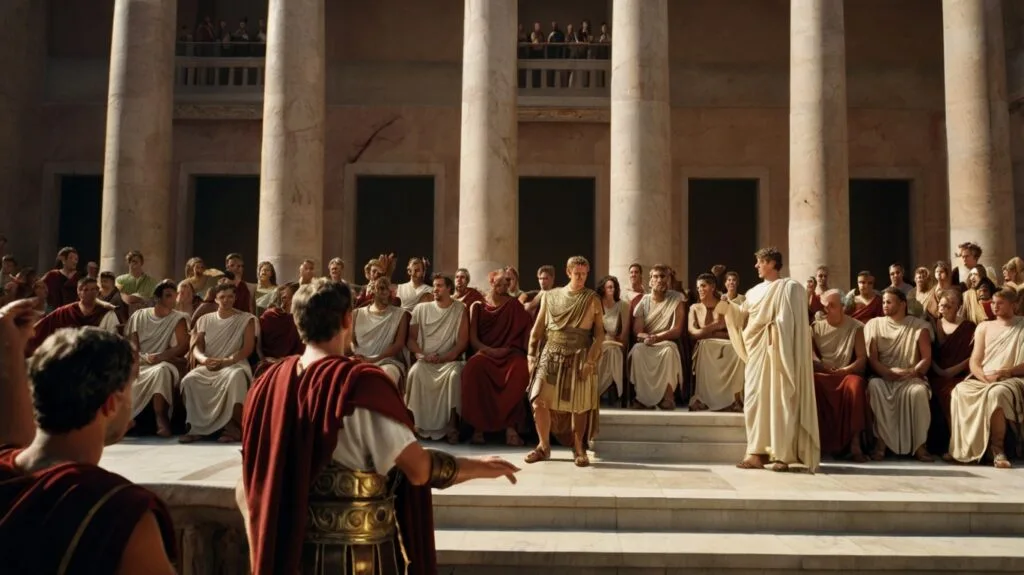
4. Rome’s Golden Age of Power
The Roman Empire reached its zenith under emperors like Trajan, Hadrian, and Marcus Aurelius. Architectural wonders such as the Colosseum and aqueducts symbolize its might. Roman law, art, and culture left an indelible mark on world history.

5. The Fall: Decline and Collapse
By the 3rd century CE, internal conflicts, economic instability, and barbarian invasions weakened Rome. The empire split in 395 CE, and the Western Roman Empire fell in 476 CE, marking the end of ancient Rome’s dominance.
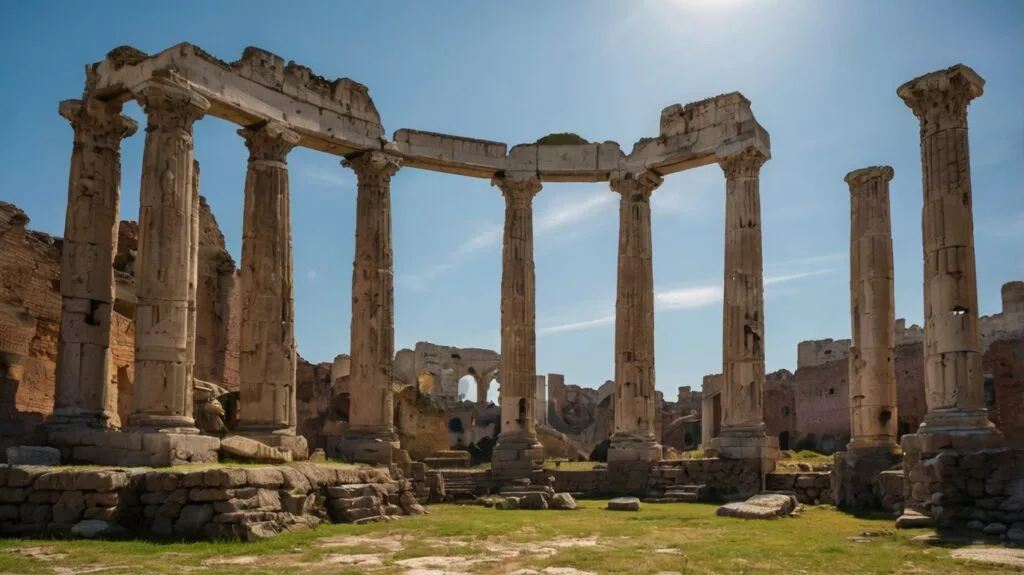
6. The Everlasting Legacy of Rome
Despite its fall, the Roman Empire’s legacy continues to influence the modern world. Roman law, language, architecture, and governance systems have shaped civilizations. The Eastern Roman Empire, or Byzantium, carried its influence until 1453 CE.
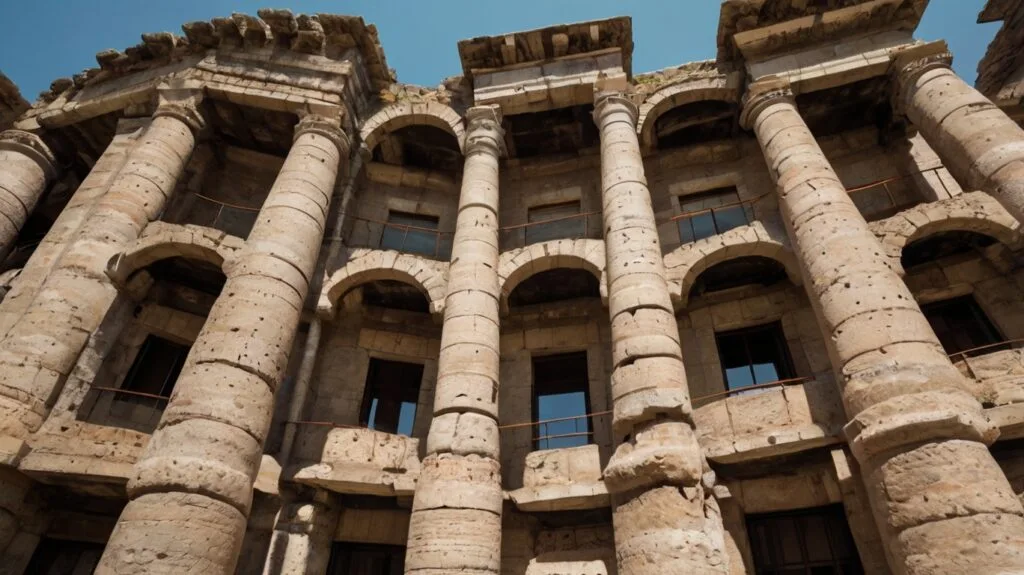
Conclusion
The Rise and Fall of the Roman Empire remains a captivating story of triumph and tragedy. It’s a testament to humanity’s ability to build great things and a reminder of the inevitable forces of change.
Stay Connected
Sign up for our newsletter to stay updated with our latest articles, videos, and behind-the-scenes content. Together, we’ll uncover the secrets of the past and ensure the echoes of antiquity resonate far into the future.

Please Subscribe For More !
Join the conversation on our Facebook page and subscribe to our YouTube channel for exclusive videos that bring these ancient stories to life.
-
10 Mysterious Lost Civilizations That Will Amaze You
10 Mysterious Lost Civilizations That Will Amaze You Lost civilizations have always fascinated historians, archaeologists, and curious minds. These ancient societies shaped…
-
The Ancient Robots: Did Lost Civilizations Build Machines Before Modern Times?
What if ancient civilizations built Ancient Robots thousands of years before modern technology even existed? It sounds like science fiction—but ancient texts,…
-
Ancient Supercomputers? The Mysterious Devices That Shouldn’t Exist
Table of Contents Introduction: Ancient Tech Beyond Imagination What if we told you that some ancient civilizations may have created technology so…
-
The Ancient Sound Weapons: Did Lost Civilizations Master Sonic Warfare?
Introduction Ancient Sound Weapons What if ancient civilizations possessed weapons so advanced, they could shatter stone walls—or even minds—using nothing but sound?…
-
They Found a Lost City Beneath the Pyramids… And It Changes Everything We Know About History
🌍 Table of Contents 🏛️ Introduction: A Hidden City Awakes For generations, the Great Pyramids of Giza have captivated the world. But…
-
Ancient Engineering Marvels: 7 Epic Megastructures That Defined Civilization
Table of Contents Introduction Throughout history, civilizations have showcased their brilliance through awe-inspiring architectural and engineering feats. These Ancient Engineering Marvels continue…






